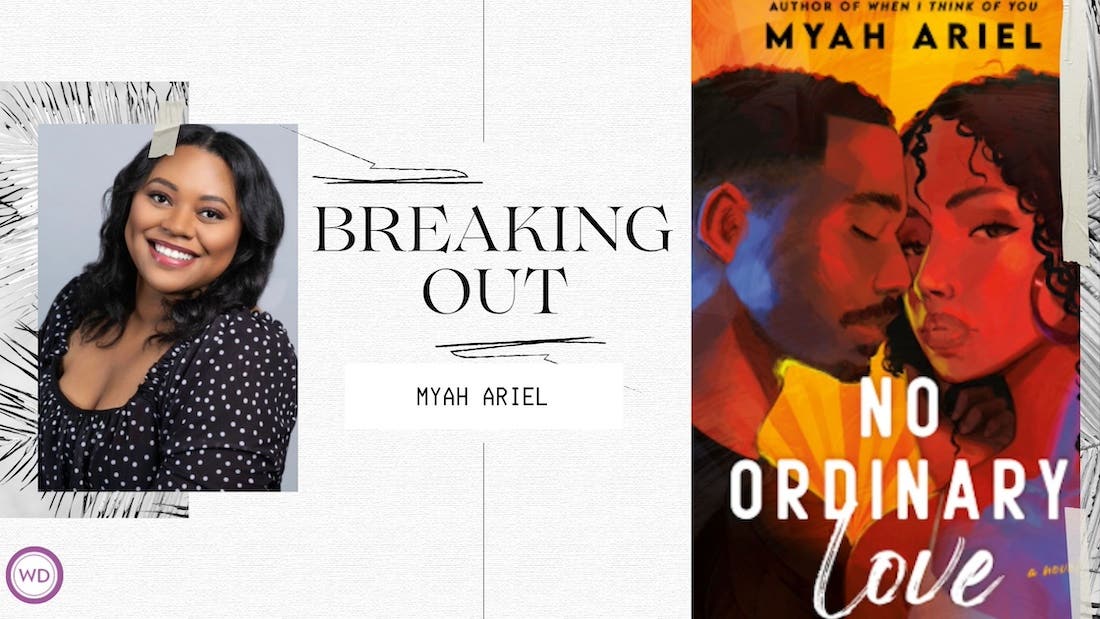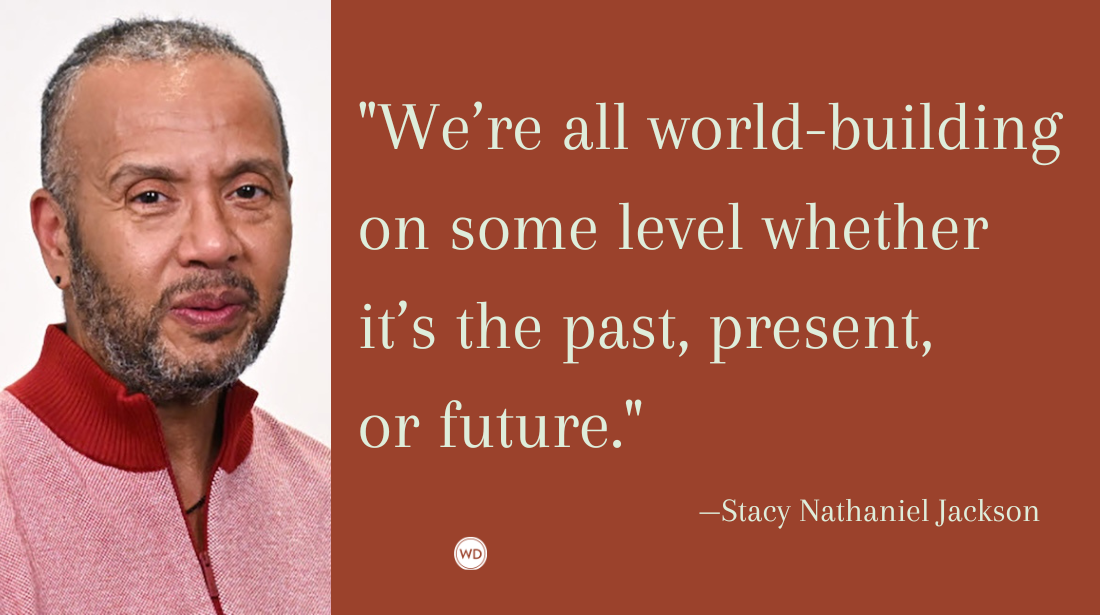Hurts So Good: How to Make Your Horror More Interesting
In this excerpt from his book Writing in the Dark, author Tim Waggoner discusses the three types of pain all horror writers should consider inflicting upon their characters for a truly gripping read.
All stories, regardless of genre, are about people in pain. How characters attempt to deal with that pain and how those attempts change them is the core plot of every story. Writers must be sadists, putting our characters through painful experiences that push them to their breaking point and perhaps beyond. You would think horror writers wouldn’t have much trouble being mean to their characters. Yet I’ve seen many horror stories from students in which the characters aren’t emotionally impacted by the story events. They might experience physical pain but that’s it. These writers only told part of a story – and the least interesting part at that. They didn’t tell the story of their characters’ overall pain. In horror, characters are often under the threat of physical violence, injury, and, ultimately, death. But the emotional and spiritual wounds characters suffer can be far worse than physical pain.
Let’s talk about some ways to deal with the different varieties of pain in your fiction.
Physical Pain
Learn what happens to the human body when it gets injured. A while ago, my family and I watched Crawl, a film in which alligators invade a home during a hurricane in Florida. I showed up for killer alligators, and I was not disappointed. Unfortunately, the filmmakers didn’t bother to research the effects of alligator bites on the human body. Characters would get bitten – repeatedly – and still be able to function physically. No broken bones, no torn muscle, no shredded tendons. And no ill effects due to blood loss, either. My wife is a former EMT, and the completely unrealistic way the film dealt with the characters’ injuries spoiled the film for her. She’s not a horror fan but she does like monster movies, and watching them with her is always a great education in how physical injuries should impact characters. Find out what your characters can and can’t do after they’re injured. Learn how much a specific injury would hurt and decide whether a particular character would be able to continue to function with that level of pain. Discover what the longer-term effects of an injury are. Will your character eventually pass out? Die from internal bleeding? Need surgery to survive? For those of you who aren’t lucky enough to have someone like my wife in your life, just hit Google and research what injuries you plan to inflict on your characters – or check out
“Yeah, but what about adrenaline?” you ask. “Doesn’t adrenaline help numb pain and give people a burst of extra strength to keep going?”
Adrenaline helps – somewhat – in the short term. But it doesn’t last and won’t restore function to a limb that’s been, for example, shredded by an alligator’s teeth. Adrenaline won’t repair damage. It’s not magic. And as a writer, you wouldn’t want it to be. Injuries are complications, and complications make things harder for your characters, increasing tension and making your story more interesting.
How much an injury affects your characters depends on their personalities – their psychological makeup. How does a character react to getting injured, and how does the severity of the injury change their reaction? This also counts for their reaction to witnessing others getting injured or killed. How does a specific character react to seeing a good buddy get chomped by the Bad Thing?
If one of your characters gets physically injured in your story, why doesn’t he or she head immediately to the nearest ER? Why don’t they just drop out of the story for a while so they have time to recover? Injured characters need a good reason to keep going. Many of my horror novels take place over the span of several hours up to a full day. And in those that cover several days, the main action usually occurs in a short time. My characters don’t have any more time to tend to their injuries than soldiers on a battlefield. Read up on emergency first aid, and remember, not all of your characters are going to automatically know how to deal with injuries. Maybe none of them. And don’t forget that all kinds of nasty things happen to people when they have a wound that isn’t tended to properly. Poorly treated wounds can get infected, resulting in sepsis and possibly death.
Emotional Pain
Fear is only one type of emotional pain. Loss, grief, despair, sorrow, anxiety, shame, rage, resentment, guilt, surprise (as in a shocking surprise, not a happy, welcome one), confusion, disgust, hatred . . . Your characters might experience any or all of these emotions in your horror story along with fear. The more impactful the event – and the more of a monstrous distortion of reality it is – the stronger the characters’ emotional reactions will be. One of the best ways to make the unreal feel real in your stories is to present realistic emotional reactions to it on the part of your characters. A common comment I make on a student-written horror story is Any emotional reaction? Students will have a Bad Thing – a hideous monster, wailing ghost, whatever – confront a character, and the character has no emotional reaction whatever (or the character’s emotional reaction is mentioned briefly in summary several paragraphs later). The character might turn and run, but that’s focusing on what’s happening outside the character. Good fiction moves back and forth between the character’s inner and outer worlds as needed.
A Bad Thing that breaks your leg isn’t as scary as one that forces you to face your secret shame. Or one that harms those you love in order to hurt you. Or one that can remove all your best memories or one that can destroy your very identity. Characters that contend with Bad Things that inflict emotional pain would welcome physical wounds in its place. Of course, if your characters are forced to experience both physical and emotional pain in your stories, then they’re really in trouble.
Sometimes I think horror writers rely on physical pain so much in their stories because it creates a clear visual image – and likely because they’ve seen physical pain depicted in a lot of horror films. Plus, on a basic level, physical pain is easier to write about than emotional pain. I can describe the sound of flesh being peeled away from someone’s back and get a quick visceral reaction from my readers. But briefly describing grief and getting an immediate reaction from a reader? I think that’s a lot more difficult. Still, it’s extremely worthwhile to master description of emotional states. Even if you write the most splattery of extreme horror fiction, your stories will be far more effective if your characters suffer on an emotional level as well. A good resource for writing about emotion is Karl Iglesias’ book Writing for Emotional Impact.
Order your copy of Writing in the Dark to learn more about writing horror.
IndieBound | Bookshop | Amazon
[WD uses affiliate links.]
Spiritual Pain
This type of pain can also be classified with emotional, but I consider this to be a soul-deep pain that relates to a character’s relationship with higher spiritual forces, whether those forces are literal gods or ethical principles such as justice, decency, fairness, generosity, etc. For me, the best example of spiritual pain is Father Callahan from Salem’s Lot. After the priest’s failed attempt to confront the master vampire Barlow – during which Barlow makes Callahan drink some of his unholy blood – Callahan tries to return to his church. But when he touches the front doorknob, he receives a powerful shock of energy. He instantly understands what this means – for him as a man and as a servant of the Christian god. He is unclean in a spiritual sense and no longer welcome in the house of his lord. (Don’t worry. The father finds redemption in King’s Dark Tower series.) Spiritual pain is one of the highest levels of pain, and if you can include it as one of the types of pain characters experience, your stories will be all the richer for it.
Best of all is if you can include all types of pain – physical, emotional, and spiritual – in the same story. Not only will your story be more layered and impactful, but if it’s possible for your characters to experience any one of the four types of pain at different points in your story, your fiction will be more unpredictable, and a sudden shift from one type of pain to another can keep your readers off-balance, never letting them feel safe with your stories – which is exactly good horror should do.
About Tim Waggoner
Critically-acclaimed author Tim Waggoner has published over fifty novels and seven collections of short stories. He writes dark fantasy and horror, as well as media tie-ins. He’s won the Bram Stoker Award, the HWA’s Mentor of the Year Award, and he’s been a finalist for the Shirley Jackson Award, the Scribe Award, and the Splatterpunk Award. He’s also a full-time tenured professor who teaches creative writing and composition at Sinclair College in Dayton, Ohio.








